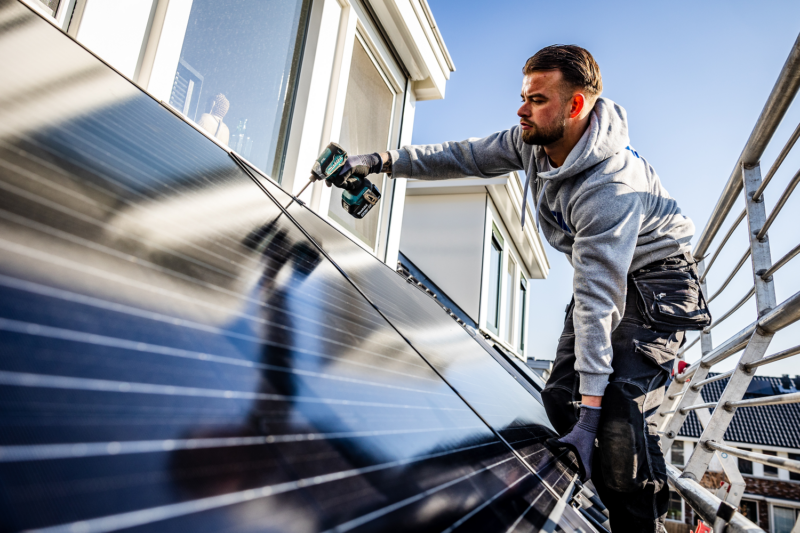
Roy Rochlin/Getty Images
- A new report from the US Centers for Disease Control and Prevention (CDC) has found that people who tested positive for COVID-19 are twice as likely to have reported dining out in the 14 days before their diagnosis than those who tested negative.
- The researchers collected data between July 1 and 29, 2020, from 314 adults across ten states. About half of the patients (154) tested positive for the virus.
- Participants were asked about possible community exposure in the two weeks leading up to their test and how well they followed social-distancing measures.
- The study comes as most states are allowing people to dine indoors again. New York City is slated to resume indoor dining on September 30.
- Visit Business Insider’s homepage for more stories.
Eating at a restaurant or drinking at a bar could increase the risk of contracting COVID-19 more than other social activities, according to a new report by the US Centers for Disease Control and Prevention (CDC).
The study, which was published on Friday, found that participants who tested positive for the coronavirus were approximately twice as likely to have reported dining at a restaurant in the 14 days leading up to their diagnosis, compared to those with negative test results.
“In addition to dining at a restaurant, case-patients were more likely to report going to a bar/coffee shop, but only when the analysis was restricted to participants without close contact with persons with known COVID-19 before illness onset,” the researchers added.
The findings came from a study between July 1 and July 29, 2020, of 314 adults across ten states who took coronavirus tests after they reported having symptoms.
About half of those people — 154 — tested positive for the virus. The study did not mention the severity of the patients’ coronavirus cases.
The participants lived in states with differing reopening guidelines, including: California, Colorado, Maryland, Massachusetts, Minnesota, North Carolina, Ohio, Tennessee, Utah, and Washington.
They were asked about possible community exposure in the two weeks leading up to their test, including whether they recently dined at a restaurant, worked at an office, went shopping, to the gym, a church gathering, or used public transportation frequently.
They also had to rate how well they followed social-distancing measures at the location of each activity.
The researchers found that:
- 42% of those who tested positive said they had close contact with at least one person with COVID-19, most of which (51%) were family members, two weeks before their test.
- A lower proportion — 14% — of the participants who tested negative reported having close contact with a person with known COVID-19 in the same frame.
- 71% of the people who tested positive, and 74% of those who tested negative, said they always wore a face covering while in public in the two weeks before their test. (The study did not ask participants what type of covering they wore, however.)

Noam Galai/Getty Images
Researchers noted some limitations to the study, however.
Participants did not have to specify whether they ate indoors or outdoors while dining out, they said, adding that more research is needed to establish whether the findings would be similar to a larger group a people.
The study comes as most states are allowing people to dine indoors again.
Gov. Andrew Cuomo of New York has announced that New York City — one of the worst-affected areas in the US in March — said on Wednesday that indoor dining could resume from September 30, though capacity would be limited to 25%, according to Reuters.
The CDC guidelines currently say that take-out, drive-throughs, or delivery services pose the lowest risk of contracting the coronavirus in a restaurant, while the highest risk would be offering indoor and outdoor dining where tables are neither reduced nor spaced at least six feet apart.
Next to indoor dining, other high-risk social activities include gatherings with family and friends, religious functions, and going to the movie theaters or sporting events, an infectious-disease expert previously told Business Insider.
Meanwhile, going to the beach or doing outdoor activities has been deemed low-risk by experts.
Experts have previously warned that air circulation in indoor spaces and gatherings — like restaurants — could affect virus transmission.
As of Friday morning, the US remains the worst-hit country in the pandemic. The country has reported more than 6.3 million coronavirus cases and nearly 200,000, according to Johns Hopkins University's tracker.










